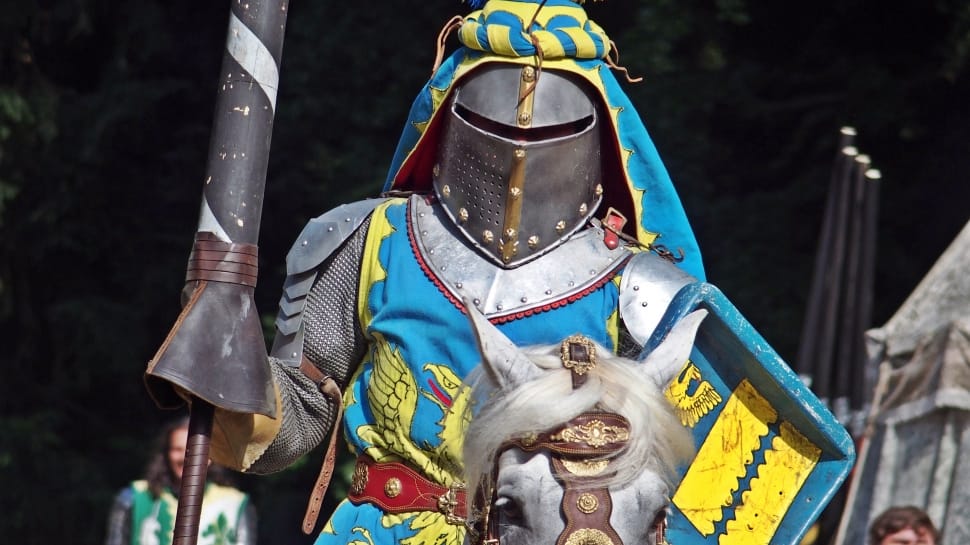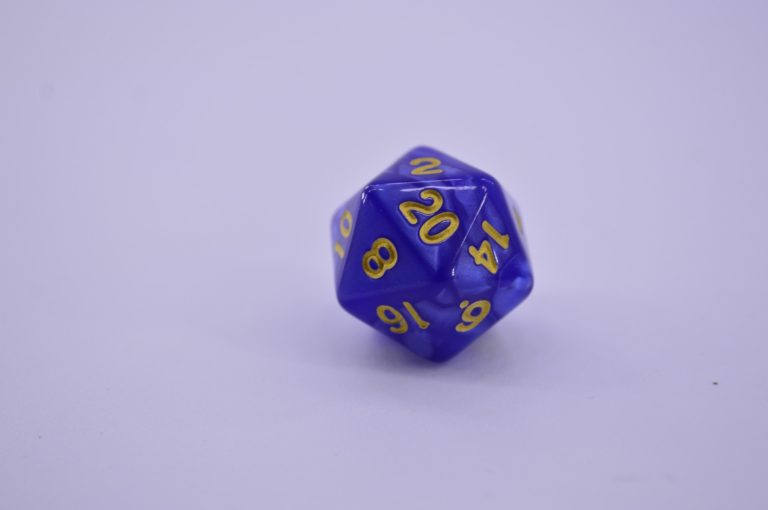Can Paladins Use Cantrips in 5e? | Paladin Cantrips 5E Guide
In the 5th Edition of Dungeons and Dragons, cantrips have become invaluable. For most characters, anyway. While characters like warlocks and sorcerers make great use of them, there are two classes of characters that are unable to use cantrips in 5E. The paladin is one of them. However, they have additional abilities to make up for it. Get the whole scoop with our Paladin Cantrips 5E Guide!

Does a Paladin have Cantrips in 5E?
Paladins do not get cantrips in 5E. Paladins are one of two classes in the 5th Edition (along with rangers) that have zero cantrip slots. They do have spells at higher levels, which we have covered in our Paladin spells 5E list. The design goal behind this class was to give them access to divine magic while primarily leaving them as melee combatants. that is why they are limited to spells levels one through five in addition to not having any cantrips.
How Can Paladins Get Cantrips?
Your paladin might not start with any cantrips, but there are a few ways they can obtain them. These options include the following:
- Feats. There are a handful of feats that grant your character a cantrip, like Magic Initiate.
- Multiclassing. If you multiclass and pick up a level or two of a full caster, you’ll nab a few cantrips as part of the deal.
- Racial traits. Some races or lineages offer a cantrip as part of their basic features.
- Fighting styles. The Blessed Warrior fighting style is specifically designed to get paladins access to cantrips. This fighting style lets you pick two cantrips from the Cleric spell list.
Abilities That Make Up For The Lack of Cantrips
We continue our cantrip series by going over the Paladin, who has… Zero cantrips available? Unlike the other spellcasting classes, the 5E Paladin will commit a Sacred Oath at the third level. A Sacred Oath is a devotion you make to a specific diety, and this devotion will give your Paladin access to a group of spells that will always be prepared; just like a cantrip is always prepared for the typical spellcaster. These spells will span across multiple levels, but you cannot use them until you have reached the appropriate casting level. Please note that if you gain a spell that a Paladin does not typically acquire, that spell will be considered a Paladin spell for just you.
On top of a set list of spells, your Paladin will also have the ability to Channel Divinity – your Oath lets you channel a source of divine energy of your choice. All of the Channel Divinities have a different use. In order to use another Channel Divinity, you will need to take a long rest. You will gain additional benefits at the seventh, fifteenth, and twentieth level.
There are nine types of Oaths that a Paladin can take, and I will briefly go over all of them with you.
Oath of the Ancients
The Oath of the Ancients focuses on the Light – care, acts of kindness, beauty, joy. All of your Spells and Channel Divinities are dedicated to preserving this way of life. You will either use the power of nature to help defeat evil, or you will use the light to blow up fiends that are around you.
Oath of Conquest
The Oath of Conquest is all about battling. You are not just after justice; you want blood served in a teacup with your healthy servings. The Oath of Conquest makes you value rule of law over the balm of mercy. Your Spells and Channel Divinity are made to help steady your aim and create a terrifying atmosphere.
See Also: The Complete Guide to 5E Ritual Spells
Oath of the Crown
The Oath of the Crown values the ideals of civilization – specifically, law and order. You are dedicated to serving society and the laws that hold it together. Most of your Spells and Channel Divinities are dedicated to protecting others from wrongdoers, or to banish them.
Oath of Devotion
Most Paladins that take the Oath of Devotion are typically cast in the “knight in shining armor” trope – you live for the loftiest ideals of justice, virtue, and order. Your character will hold themselves to the highest order of good. Your Spells and Channel Divinities are focused on keeping you on this greater good path by dealing radiant damage or forcing your enemies to retreat.
Oath of Glory
First released with the Theros setting, the Oath of Glory paladin believes they are destined for great things. They seek glory, performing deeds of heroism and bravery.
Oath of Redemption
Redemption paladins believe that anyone can be redeemed regardless of their past transgressions. They rely on violence as a last resort, but that does not mean they are helpless in a fight. Their tenets include peace, innocence, and patience.
Oath of Vengeance
The Oath of Vengeance is dedicated towards punishing those that have committed horrendous sins. Their own impurity is no longer important, as the world needs to be saved from a force that is too dark for existence. Your Spells and Channel Divinities are designed to keep evil close to you, so you can smite it.
Oath of the Watchers
These paladins are tasked with protecting the mortal realms from predators hailing from the outer planes. They are constantly vigilant against the threat of extraplanar forces.
Oathbreaker
And lastly, we have the Oathbreaker – a Paladin that has broken his sacred oath in order to pursue a dark ambition or serve an evil power. Your Spells and Channel Divinities are designed to work with the undead and to rebuke good guys.
Nerds and Scoundrels – Paladin Cantrips 5E Guide
And that concludes our Paladin Cantrips 5E Guide here at Nerds and Scoundrels. We hope this answers your questions about your next Paladin character; if not, hit us up in the comments below. Need more DnD content? Check out our Bard Cantrips 5E Guide!






